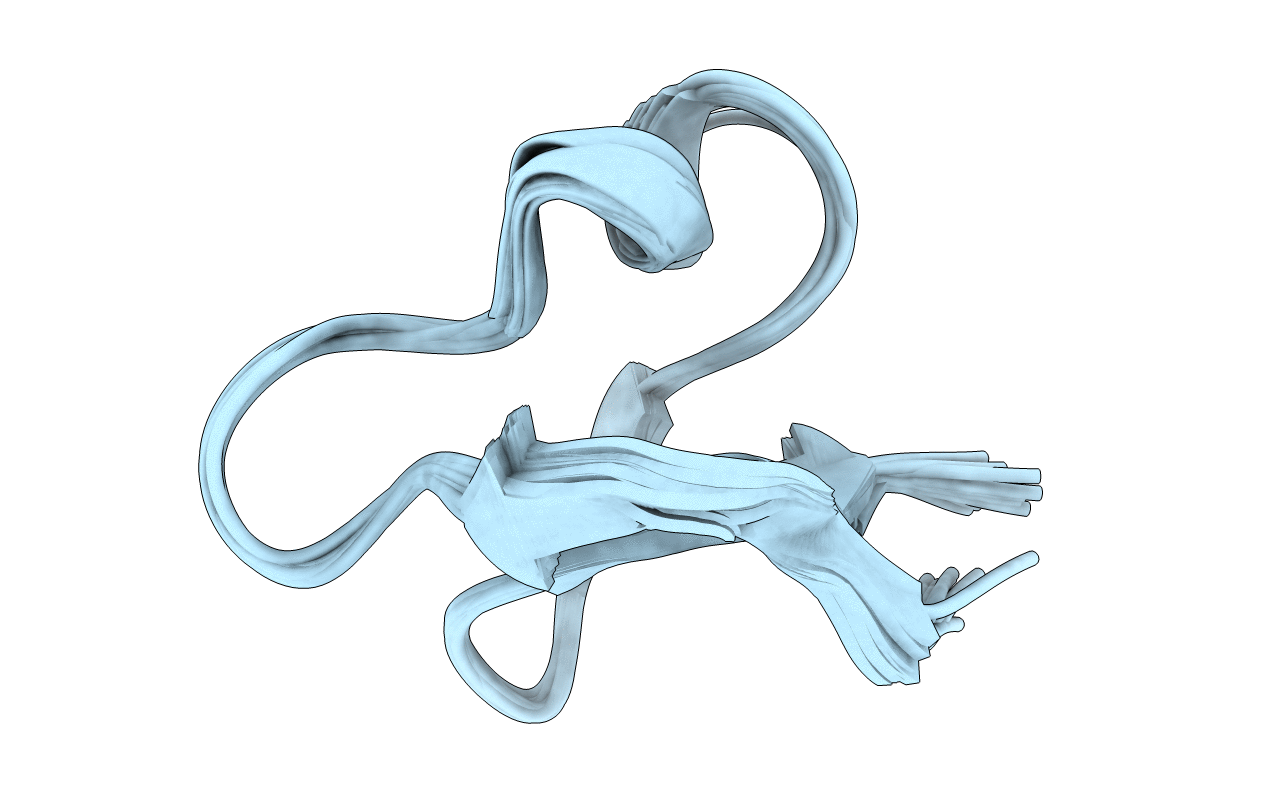
Deposition Date
2021-07-29
Release Date
2022-03-02
Last Version Date
2024-11-13
Method Details:
Experimental Method:
Conformers Calculated:
50
Conformers Submitted:
20
Selection Criteria:
structures with the lowest energy


